The combination of gross motor movement and large process art is a winning combination. This particular process art for preschoolers activity gave my little one two hours of active play and creative exploration. That’s two whole magical hours spent outside painting and moving. The best part about this process art project is that gets children out of their seats and painting without constraints or inhibition.
What is process art?
Instead of creating a craft project with a finished image or artwork in mind, process art focuses on working creatively by exploring and manipulating materials. The project may be messy or it can be ongoing, but the process of creating is prioritized over the finished piece. When preschoolers engage in process art, the fear of failure is removed, making room for problem solving and spontaneity.
Materials:
- Canvas or large paper
- Paints
- Paint Brushes
- Sidewalk Chalk
- Water
- Sticks and leaves
- Paint Surface
I like providing a large surface area for my preschooler, giving him an opportunity to crawl, jump, and move around the artwork. We used a 36” un-stretched (loose) canvas. Alternative surfaces can be a large sheet of paper, several sheets of paper taped together, or a used canvas repurposed from a thrift store.
- Paint
We used acrylic paints that I purchased in bulk. Tempura paints also work well for children’s art.
- Paint Brushes and Found Objects
We used a 3,” a 2,” and a 1” hardware brush along side smaller paintbrushes. The larger brushes were inexpensive and helped cover a large surface area, while the small paintbrushes help create variety in the brush strokes, enhancing visual interest within your preschooler’s painting.
Found objects, like sticks, pinecones, and leaves are non-traditional, unlike paint brushes, but they create more opportunities to experiment with mark-making and paint application. The objects can be used to move paint around, can be painted on and thrown at the canvas, and can be used to strike the canvas.
Process:
Ask your preschooler to select and pour three colors into separate containers. My son selected green, red, and blue. Pour white into three more containers. Add some of the selected colors to the white and ask your preschooler to mix the color’s tint. Finally, ask your preschooler to paint the entire canvas using the three colors and their three tints.
Covering the entire surface will help encourage those fun, big body movements. Once their interest starts to fade, add in new elements, like a plastic knife for scraping the paint back or painted sticks, pinecones, and leaves. Throwing, hitting with sticks, and dancing are encouraged.
The joy of big movements and the experience of cause and effect deepen children’s engagement in process art. Big movements, like throwing and swinging, are especially so much fun. This feeling increases when creating a paint splatter, like when the colorful pinecone strikes the canvas, or seeing a pattern emerge as the painted surface is struck with the stick.
Once the painting is dry, last but not least, your preschooler can continue to play with it. Have them add new colors thinned with water to create a translucent layer to the surface. Sidewalk chalk, soft pastels, oil pastels, or charcoal can also be used to draw on top of the dry painting.
I hope your preschooler find this large process art project exciting and engaging. My own preschooler, who is usually high-energy or resistant to traditional seated craft assignments, absolutely loves the activity. I personally love the final painting and can’t wait to frame this visual representation of my preschooler’s creativity, energy, and hard work.
Based in Maryland, Amy is a nature-enthusiast who loves hiking, reading, and creating. With a MFA in painting and university teaching experience, she loves combining visual art and nature to create crafty and play-based learning experiences for her preschool-aged son. Extra crafts and fine art can be found on Facebook and Instagram @amyfixart or at www.amyfixart.com.
You might also like:
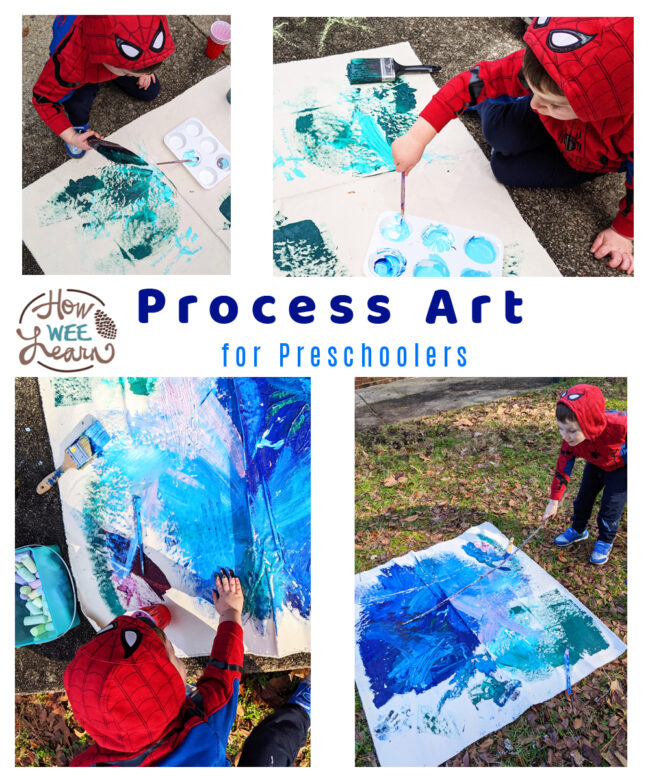
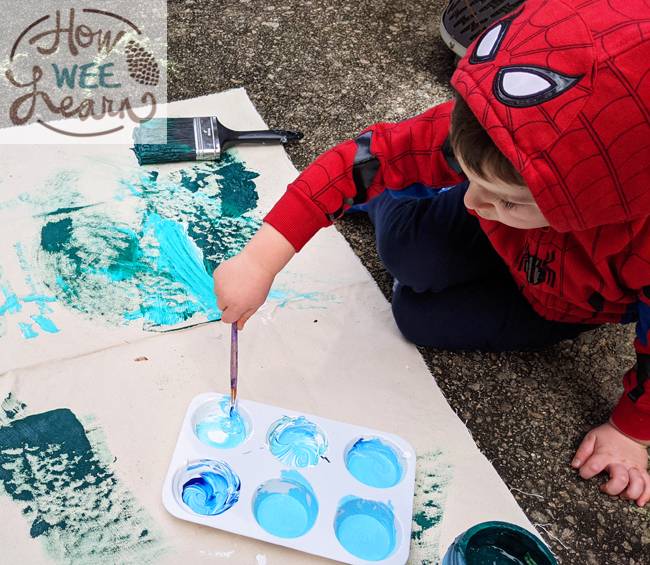
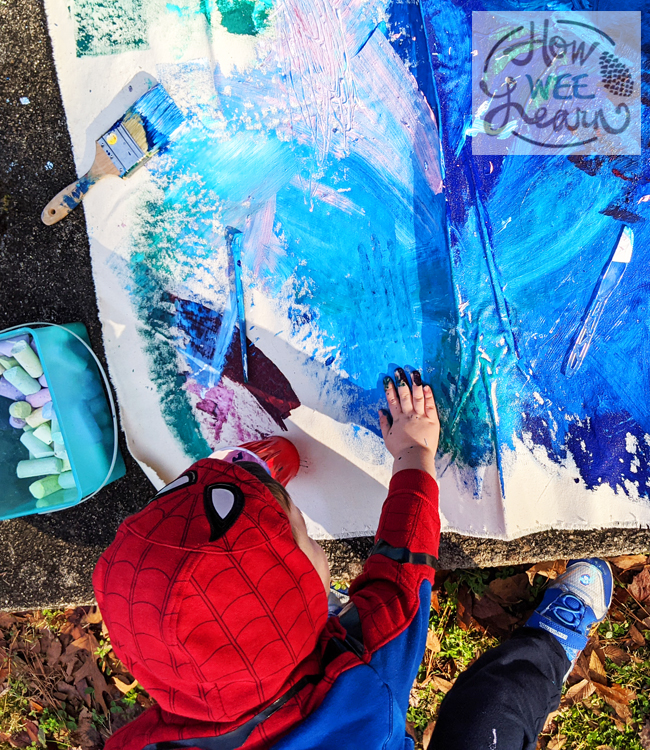
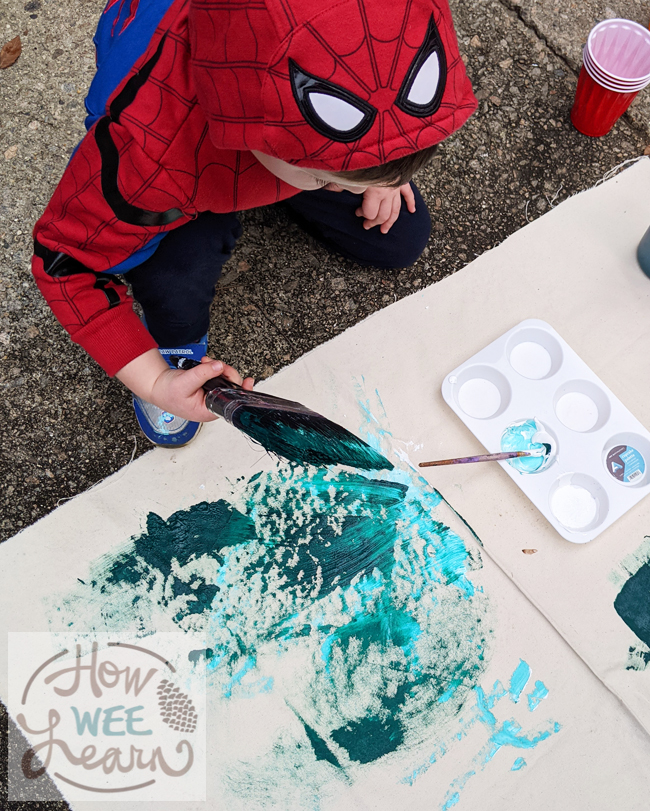
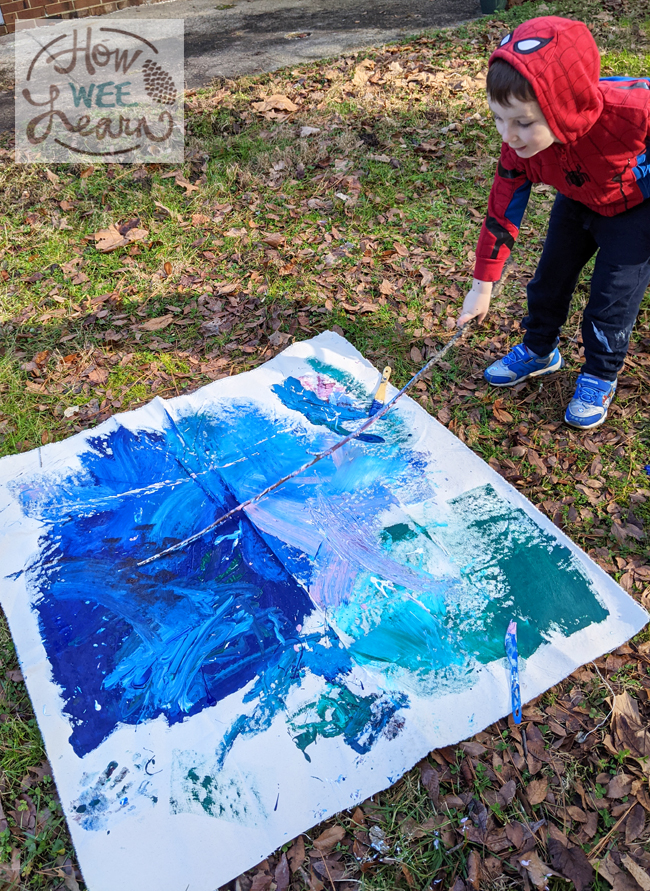
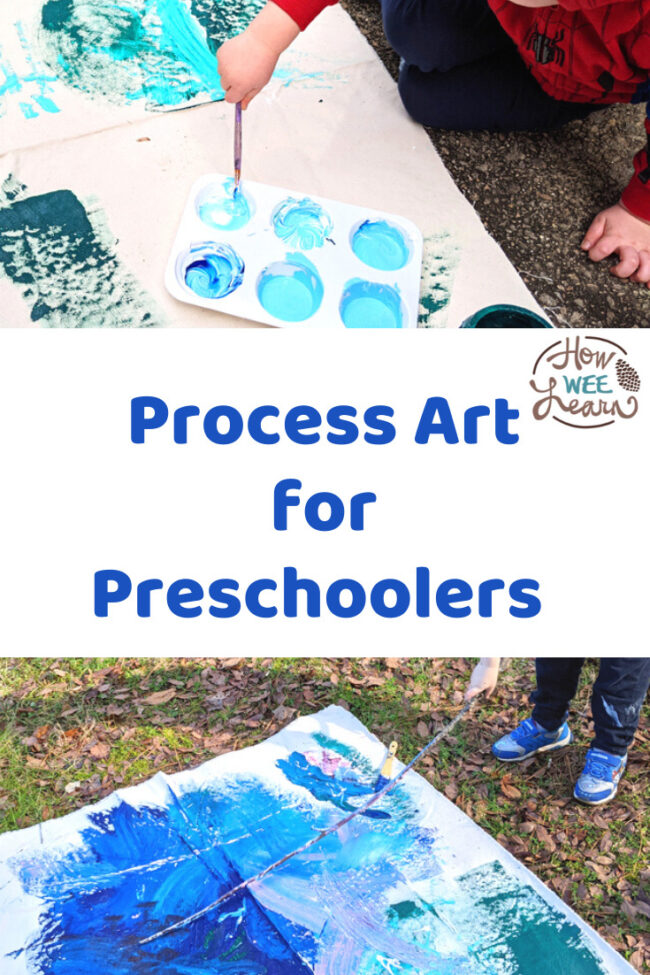
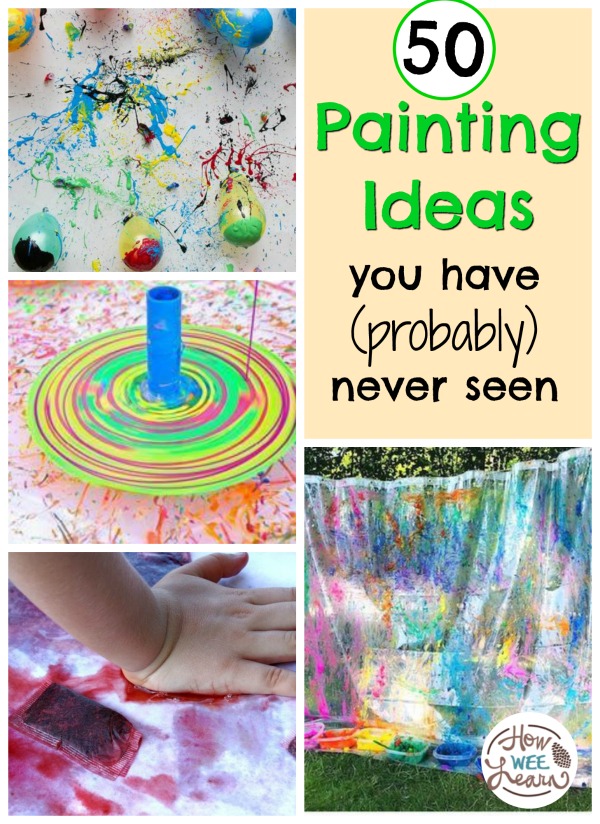
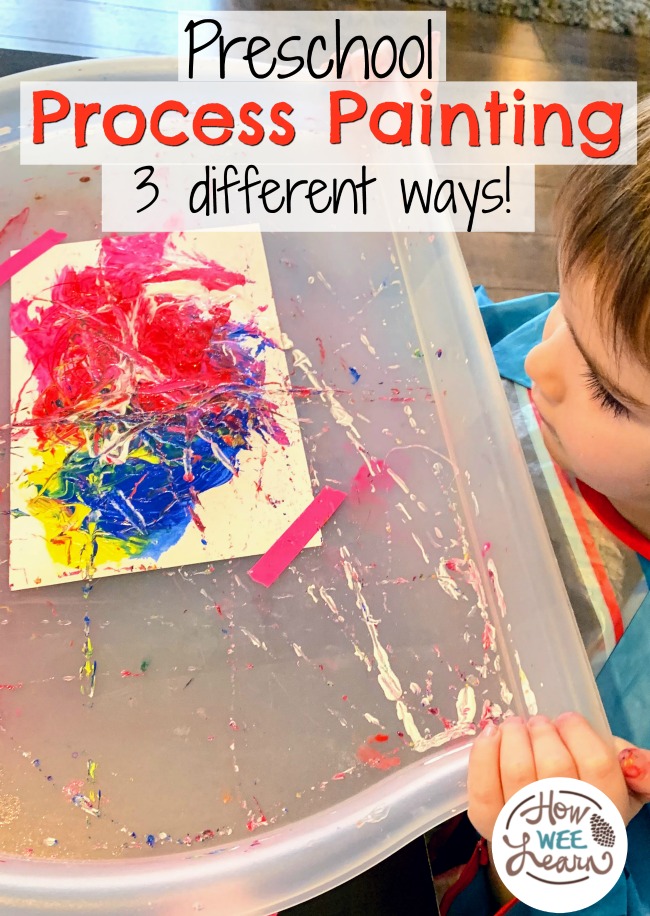
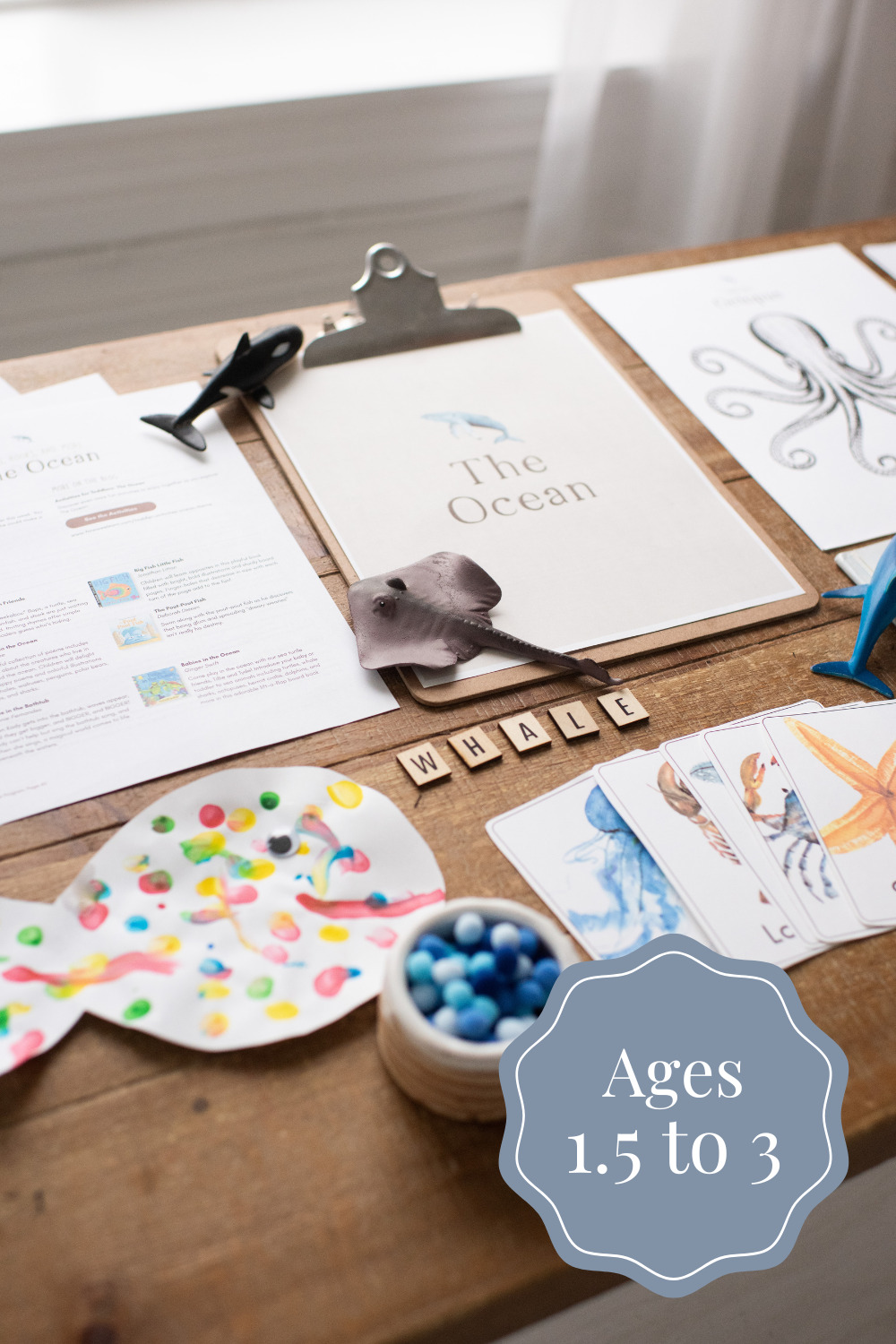
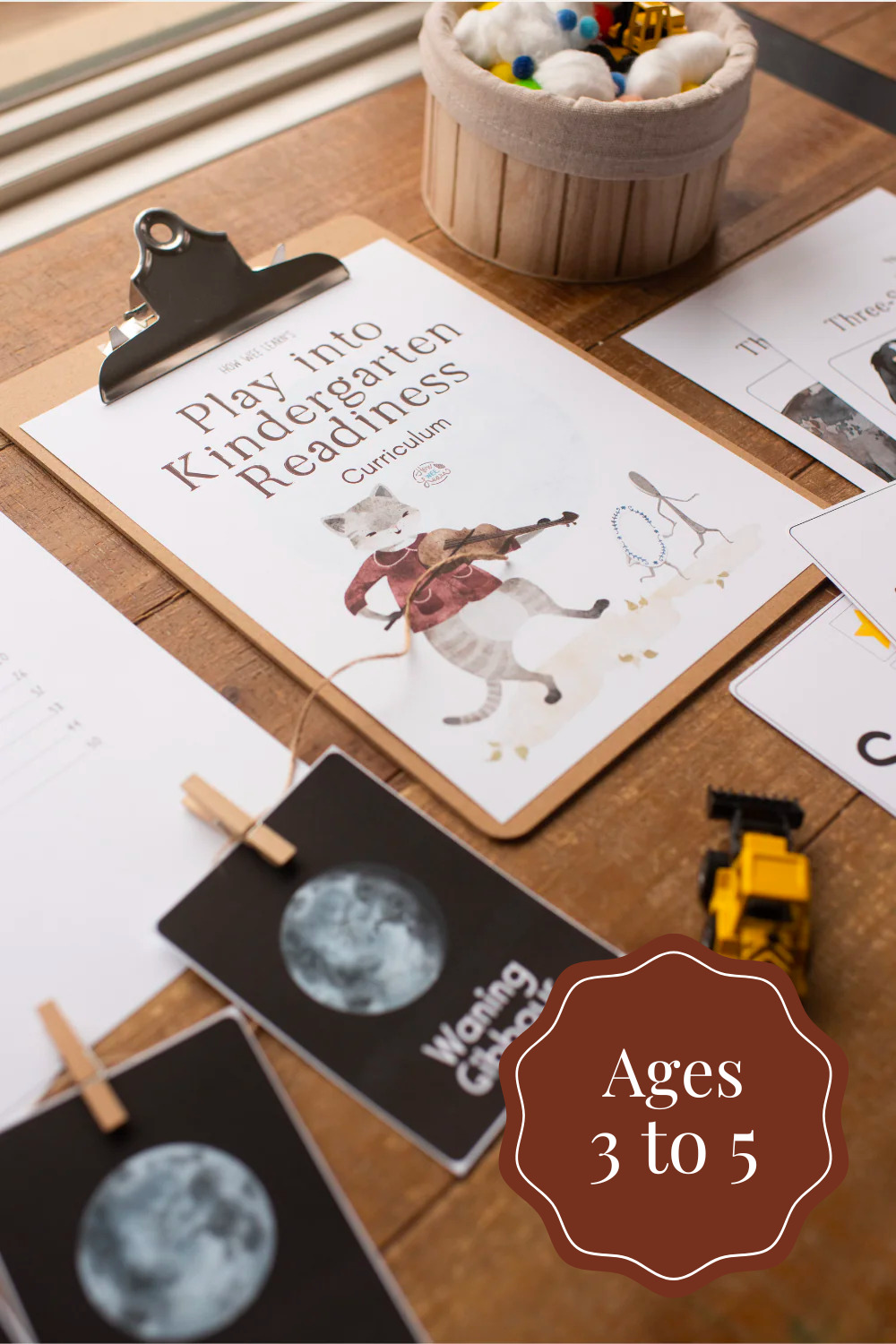
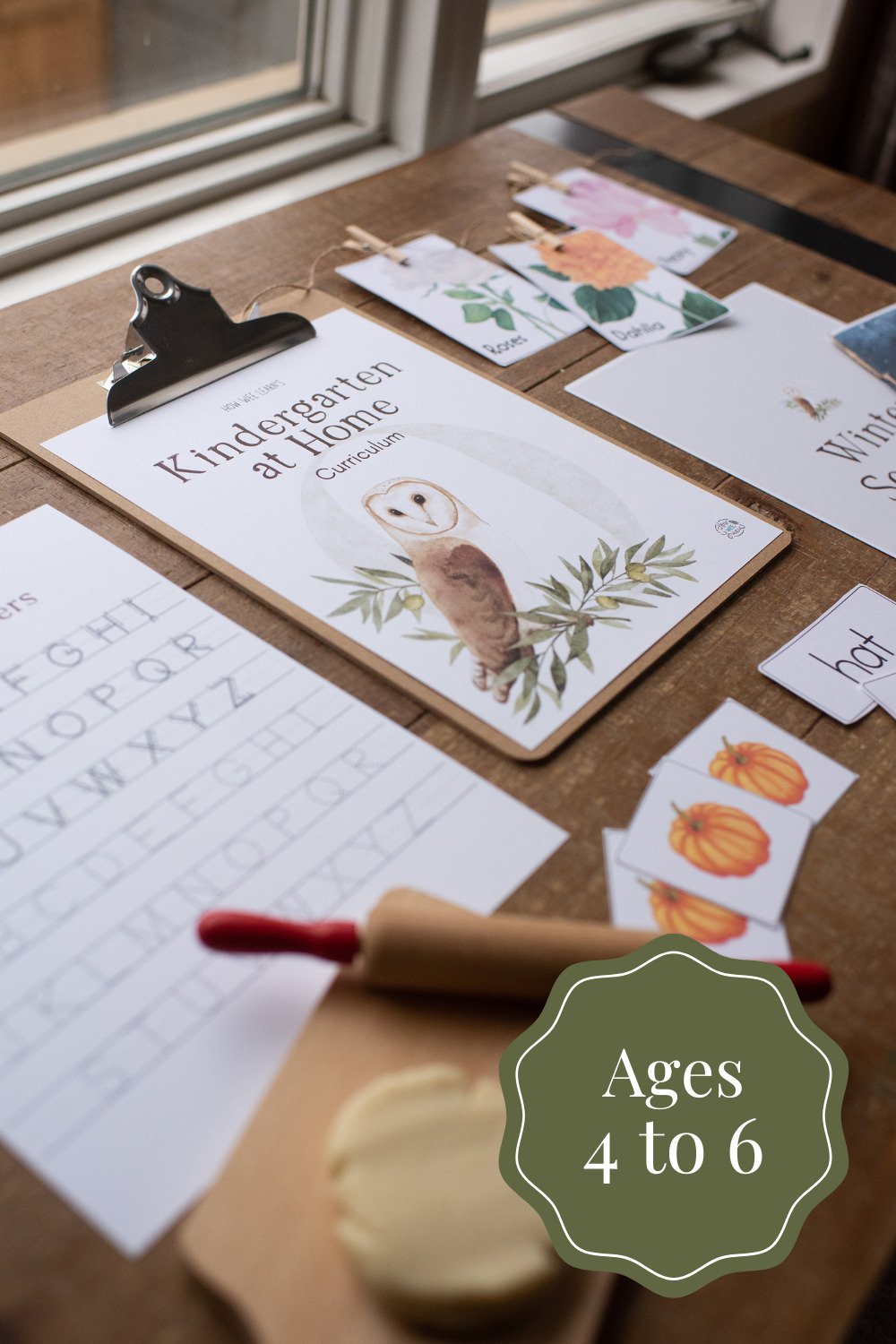
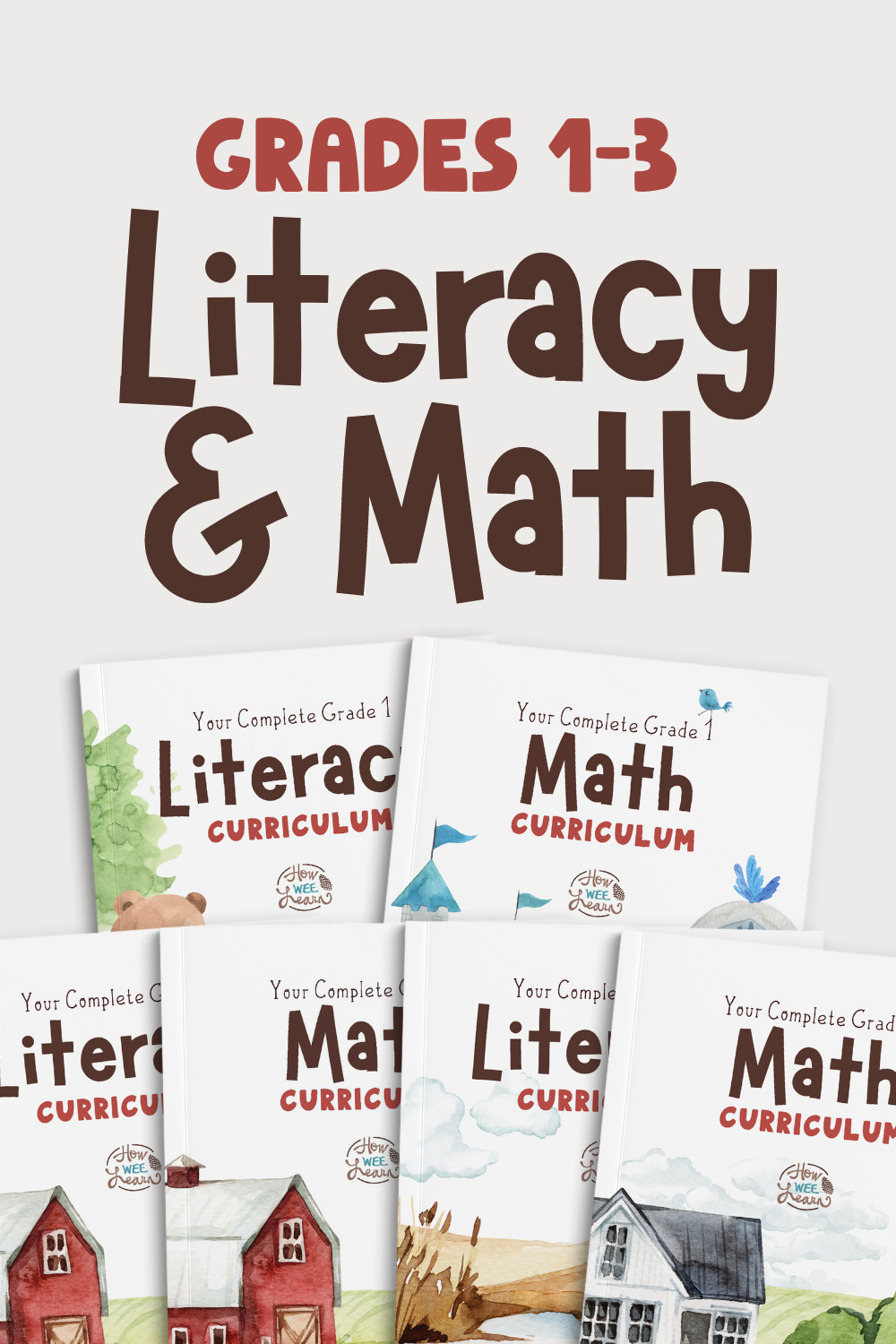

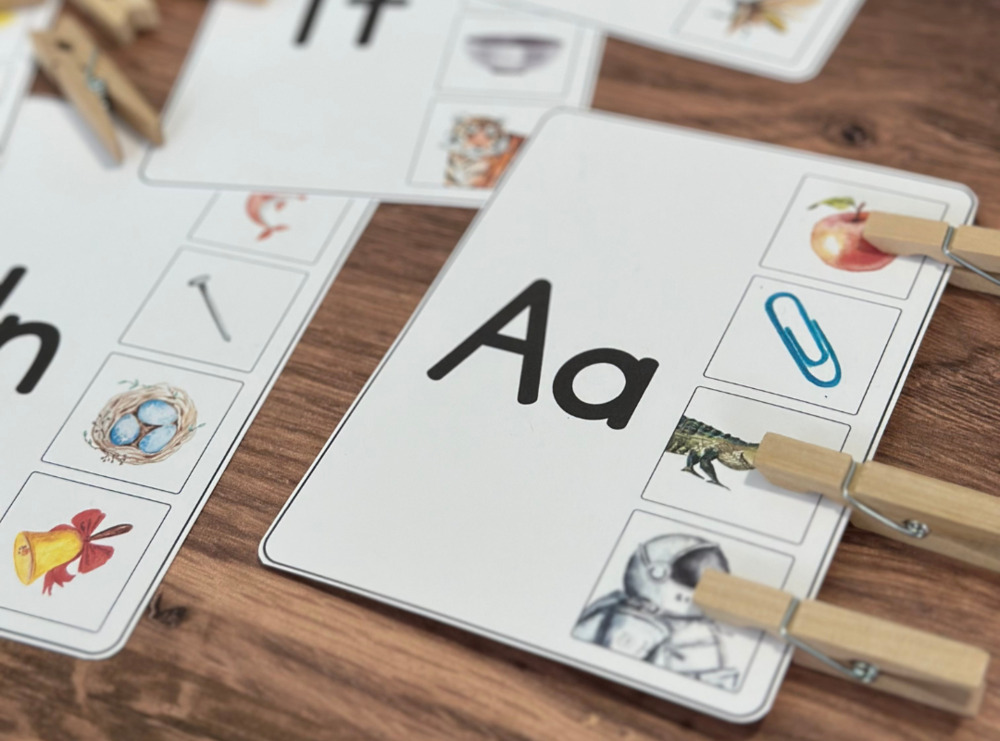
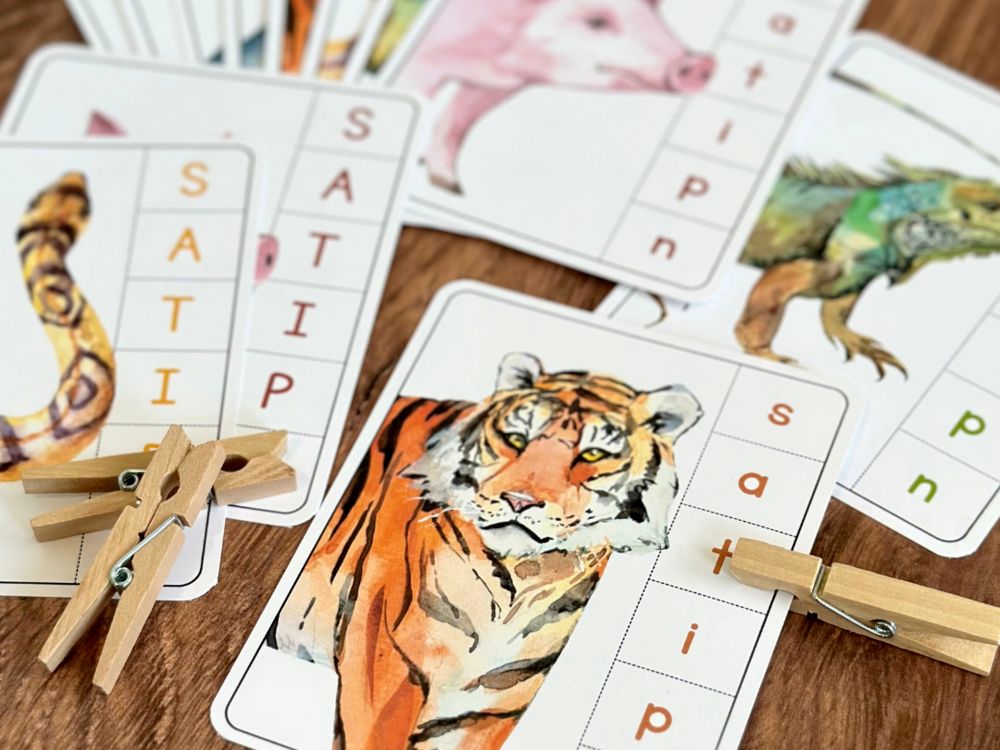
Leave a Reply